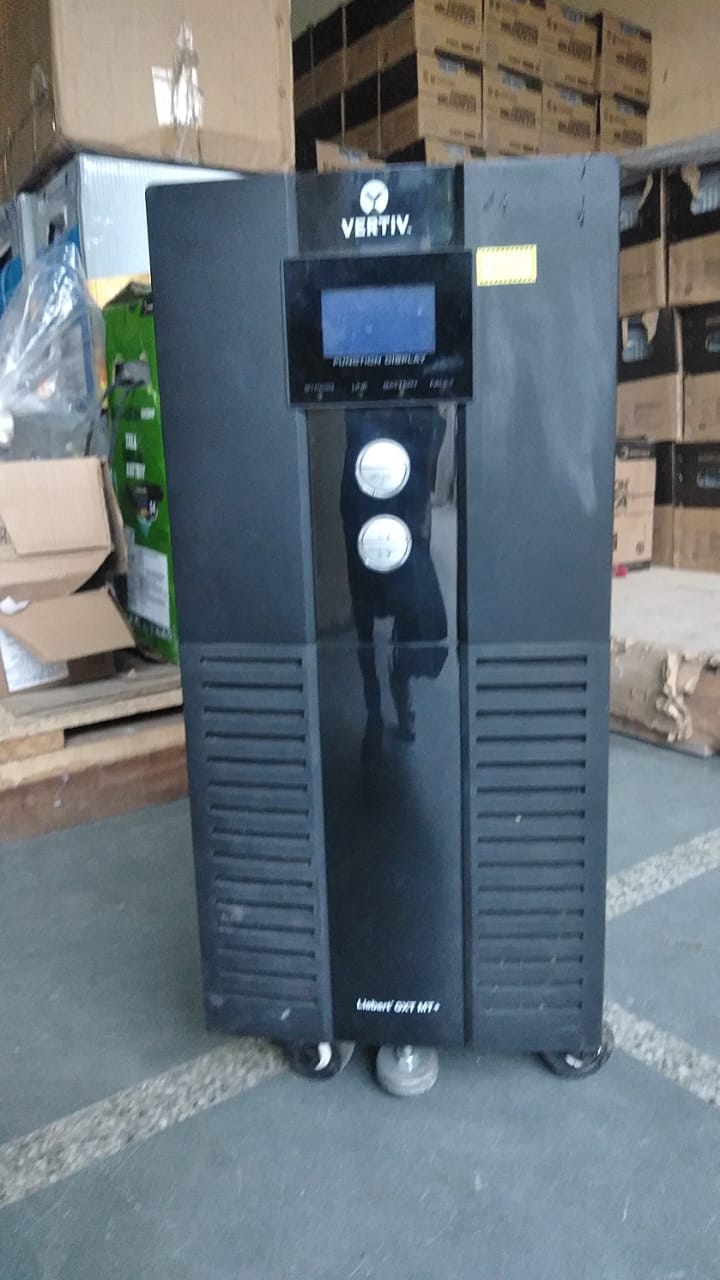To provide you with details about UPS (Uninterruptible Power Supply) and batteries, particularly in the context of AMC (Annual Maintenance Contract), here’s a comprehensive overview: UPS (Uninterruptible Power Supply) Purpose: A UPS provides backup power during outages and protects against power surges, ensuring that electronic equipment remains operational. Types of UPS: Offline/Standby UPS: Activates during power failure. Suitable for personal computers and basic electronic equipment. Line-Interactive UPS: Adjusts voltage fluctuations without switching to battery. Good for small to medium-sized businesses. Online UPS: Continuously provides power from the battery, even during normal operation. Ideal for critical applications requiring consistent power. Components: Batteries: Store energy to provide backup. Inverter: Converts DC from batteries to AC for equipment. Charger: Maintains battery charge. Control Circuit: Manages the UPS operations. Batteries Types Used in UPS: Lead-Acid Batteries: Common in UPS systems. Cost-effective, but heavier and have a shorter lifespan. Lithium-Ion Batteries: Increasingly popular due to longer life and lower weight. More expensive but offer better efficiency. Annual Maintenance Contract (AMC) Purpose of AMC: An AMC ensures regular maintenance, reducing the risk of system failures and prolonging the lifespan of the UPS and batteries. Key Components of AMC: Regular Inspections: Scheduled checks to assess the condition of UPS and batteries. Preventive Maintenance: Cleaning, tightening connections, and replacing worn-out parts. Emergency Support: Availability of technical support in case of a failure. Replacement Services: Agreement on the replacement of batteries and components when necessary. Performance Monitoring: Tracking the UPS performance metrics to ensure efficiency. Choosing an AMC Provider Considerations: Reputation: Look for providers with good reviews and experience. Service Level Agreement (SLA): Ensure clear terms regarding response times and services offered. Expertise: Check for qualified technicians with experience in your specific UPS model. Cost: Compare costs while considering the level of service provided. Conclusion An AMC for your UPS system is crucial for maintaining reliability and performance, especially for critical operations. Regular maintenance helps prevent unexpected downtime and extends the life of both the UPS and its batteries. If you need specific recommendations or details about AMC providers in your area, let me know!
Send Message







